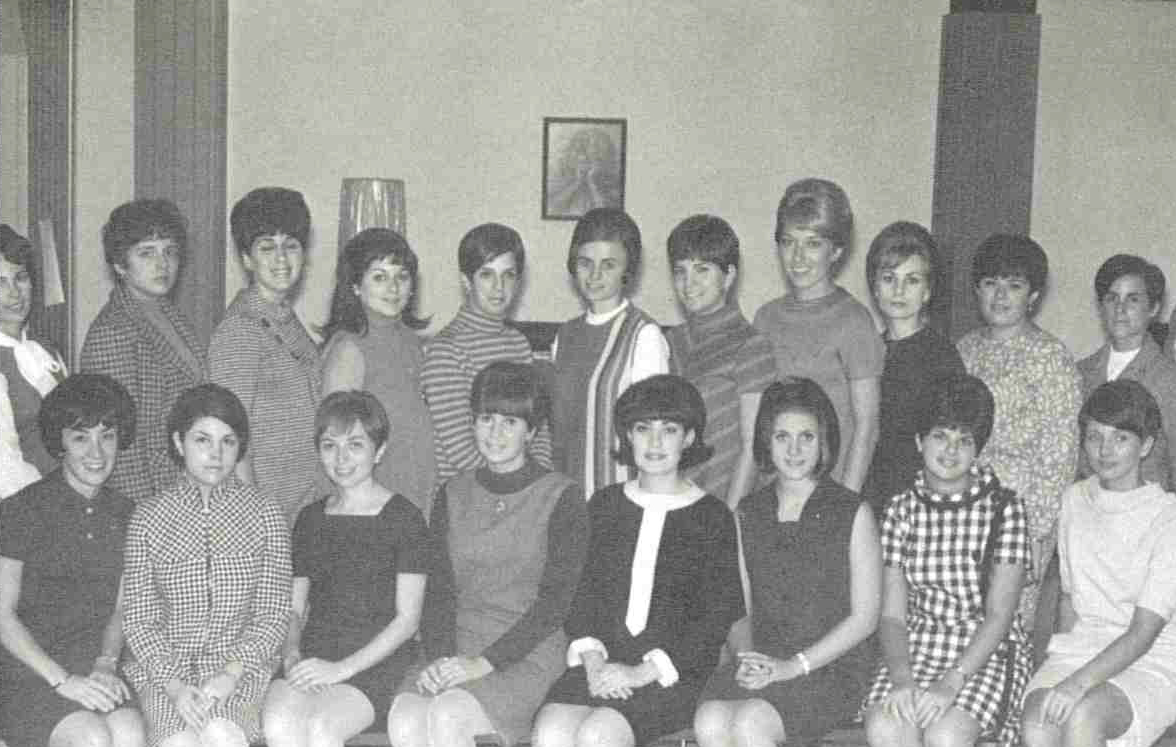1950s:
Pinball dominated the Pennsylvania State College of Optometry (PSCO) campus throughout the 1950s. Not only was it mentioned in many of the athletic sections during that decade’s yearbooks, but students claimed it was a form of exercise and argued for it should be made into an actual sport team.
In 1952, Thalamus Q. Neoplasm and his publication The Back Row Bugle took campus by storm as they provided students with comical stories about the lives of characters like Mayor Dirty Dad, Captain Ammonia, and Pfc. Marvin of the Corneal Brigade.
PSCO’s very own gremlin, Proteus Exo, or P. Exo., an unofficial mascot, as he was known by students, graduated in 1957. Hailing from the Kingdom of Optics, P. Exo. was no ordinary gremlin - he had a profound knowledge of optics and was a member of all the College’s activities.
 PSCO changed its name to the Pennsylvania College of Optometry (PCO) in 1964
PSCO changed its name to the Pennsylvania College of Optometry (PCO) in 1964
PCO opens Powell Hall, the college’s first student apartment building in 1967. The building was named after PCO’s second oldest alumnus, Morey X. Powell, OD ’36.
Throughout the 1960s, there was a Dames Club which aimed to provide the optometric student’s wife with a better understanding of the profession. The club held lectures, visits to optometric offices, films, informative discussions, and social gatherings.
In 1963, PCO established a specialized clinic on campus – the Contact Lens Clinic – under the supervision of John C. Neill, OD; Albert Harrison, OD; and Elwood Kolb, OD, the optometric interns/students learned the process and complexities of contact lens practice.
In 1965, basketball was added to the intramural program. Games were played at the Ellwood Elementary School gymnasium, in Philadelphia, on Tuesday evenings.
In 1967, ten members of the Class of 1967 had the unique opportunity to participate in a summer internship program at the Optometric Center of New York. They were exposed to lecturers, researchers, and clinicians from which they learned more in-depth theoretical and practical knowledge. Areas stressed in the program were: vision training; developmental vision; contact lenses; aniseikonia – an ocular condition where there is a significant difference in the perceived size of image; subnormal vision; geriatric optometry; tonometry; and analytical refraction.